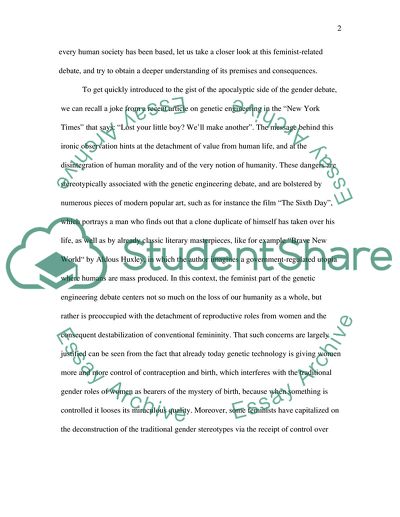Cite this document
(“Disappearing Genders: Genetic Technologies and Apocalyptic Feminism Essay”, n.d.)
Retrieved de https://studentshare.org/social-science/1538762-disappearing-genders-genetic-technologies-and-apocalyptic-feminism
Retrieved de https://studentshare.org/social-science/1538762-disappearing-genders-genetic-technologies-and-apocalyptic-feminism
(Disappearing Genders: Genetic Technologies and Apocalyptic Feminism Essay)
https://studentshare.org/social-science/1538762-disappearing-genders-genetic-technologies-and-apocalyptic-feminism.
https://studentshare.org/social-science/1538762-disappearing-genders-genetic-technologies-and-apocalyptic-feminism.
“Disappearing Genders: Genetic Technologies and Apocalyptic Feminism Essay”, n.d. https://studentshare.org/social-science/1538762-disappearing-genders-genetic-technologies-and-apocalyptic-feminism.


